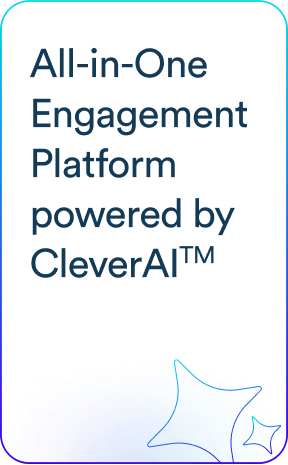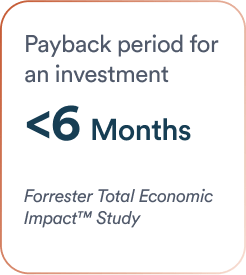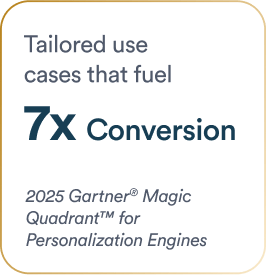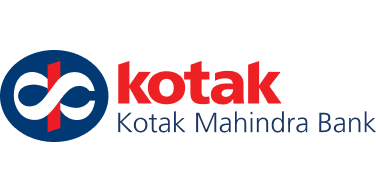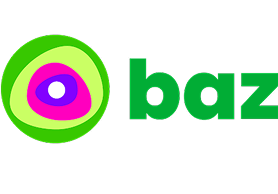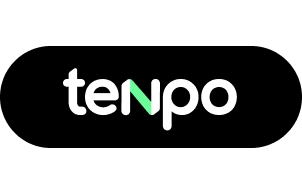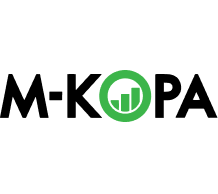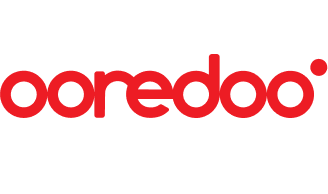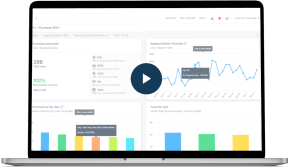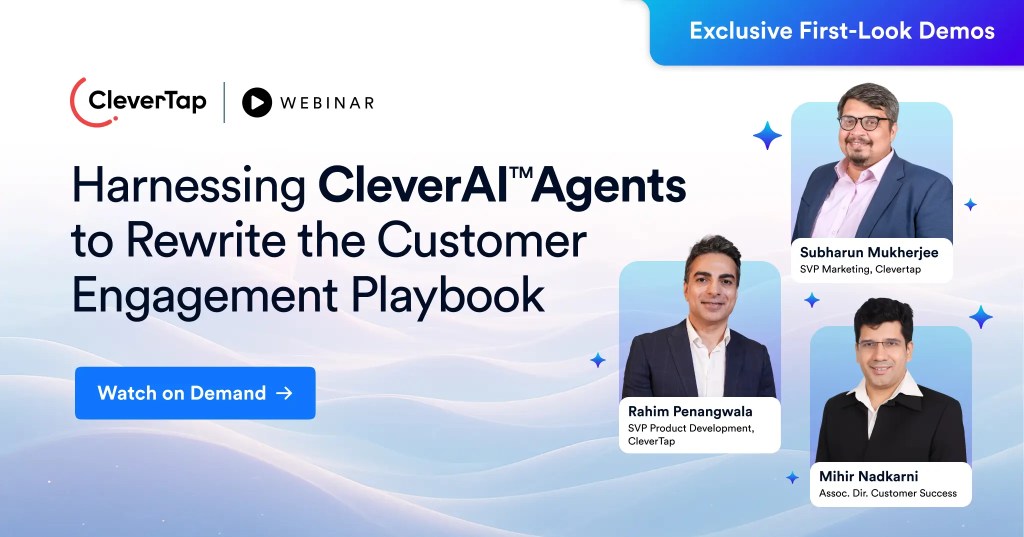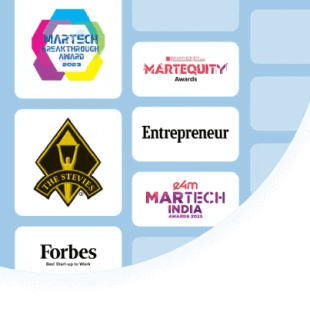Five years ago, a marketer’s stack looked predictable – a linear collection of tools starting with a data layer, working its way up an operational layer and culminating in an application layer. This typically consisted of an email tool, a CRM, multiple analytics dashboard, maybe a CMS – all connected through integrations, but never in complete sync. This approach worked, but it is rigid and involved plenty of operational overhead. Marketers often had to stitch information together manually across platforms and that resulted in duplicated effort and limited visibility into the bigger picture.
Today, this approach is not cutting it for marketers anymore. McKinsey reports that 71% of customers expect personalization in every brand interaction, while 76% feel frustrated when it is missing. Coupled with an explosion of data points, niche engagement tactics and tools, exceedingly demanding consumer expectations are all leading to the need for a new method for structuring the stack. AI can be the saviour and the enabler of this new path.
Traditional vs. AI-Driven Marketing Stacks
Traditional stacks were designed for efficiency. They automated repetitive tasks, stored customer data, and executed campaigns at scale. But they could not adapt in real time. They often did not present a comprehensive view. Insights were static and often delayed, forcing marketers to react after results were already in.
AI-powered stacks work differently. They are not just a collection of tools but an intelligent arrangement of systems that can continuously learn, analyze, and act.
Marketers must realise that instead of treating AI as a bolt-on feature or another layer to the vertical stack, it should be used as the connective tissue that runs through every layer of the stack. This shift means moving from operational silos such as scheduled campaigns and post-campaign reports to an omnipresent layer of insights, automation and scale.
The Core Layers of the AI Marketing Stack
With AI, the typical marketing stack must be reimagined from activity driven outcomes to experience benefits for the customer. While the typical areas of data management and applications will remain, AI takes away alot of the grunt work and thus the stack should be conceived from the perspective of strategic outcomes of engagement and conversion worthy experiences. Lets take a look at the different elements involved in this new AI-driven stack:
Data Intelligence and Context
AI unifies structured and unstructured data into a single view of the customer. More importantly, it introduces a context layer that makes sense of signals marketers could never fully capture before such as social listening, purchase behavior, and even unstructured feedback such as slack messages, meeting/call notes, can all be consolidated and translated into insights. Where marketers once spent hours cleaning and organizing data, AI handles 90 percent of the grunt work, leaving the final 10 percent for high level strategy and creative decision-making. Further, with AI simple and efficient data privacy, usage, and retention processes can be set in place and automated to ensure transparency, compliance, and good data governance, ultimately resulting in enhanced customer trust.
Personalization and Individualization
Segmentation is no longer enough. AI enables true individualization at scale, tailoring content and offers at the level of the single user. Predictive analytics and behavioral data allow tools to deliver personalized experiences that improve engagement and conversion rates. This is where marketing moves from grouped messaging to delivering experiences that feel designed for one.
Automation of Bespoke Content Creation
AI tools for content creation can generate on-brand copy, images, and video variations that fit different audience segments, and can even personalize the message to an audience of one. The marketer is no longer limited by production and review bottlenecks. With AI, creative assets scale in minutes rather than weeks, giving teams the ability to test, adapt, and optimize faster.
Journey Orchestration
Marketers define the overall strategy, but orchestration agents will now execute much of the work. Based on data insights, these systems can build customer journeys, determine the best timing, and activate campaigns across channels. AI Action agents can even execute these journeys. The marketer remains in control, setting objectives and making corrections when needed.
Optimization and Experimentation
The final layer is about constant improvement. Strategy or Decision agents will use the data coming in to improve their LLM and other AI systems. These systems test variables, measure outcomes, and adjust campaigns automatically. Instead of waiting for quarterly reviews, performance can be optimized daily or even hourly. Just as important, AI opens the door to experimentation with new formats such as voice, video, and interactive experiences, making the stack not just efficient but future-ready.
From Stacks to Strategy
The phrase “tech stack” once implied stability. Marketing in 2025 requires adaptability. The AI stack is not a rigid set of platforms and tools. Instead it is a living system that evolves as models advance, channels emerge, and customer expectations shift.
According to the MarTech for 2025 report, 60 percent of marketers use a blend of embedded AI inside their existing tools and entirely new AI-native platforms. AI is diffusing through the stack in multiple ways, reshaping it from the inside while expanding it outward with new capabilities.
The AI stack is not a linear or hierarchical collection of tools. It is a dispersed network of connected functions, each with its own checks and balances. This structure improves adaptability while strengthening data privacy and compliance. In this sense, the AI stack is a living cartography of modern marketing. And the biggest shift is not technical but human: AI reduces the burden of execution, allowing marketers to step out of the operator role and into the strategist’s seat.
Mrinal Parekh 
Leads Product Marketing & Analyst Relations.Expert in cross-channel marketing strategies & platforms.
Free Customer Engagement Guides
Join our newsletter for actionable tips and proven strategies to grow your business and engage your customers.

